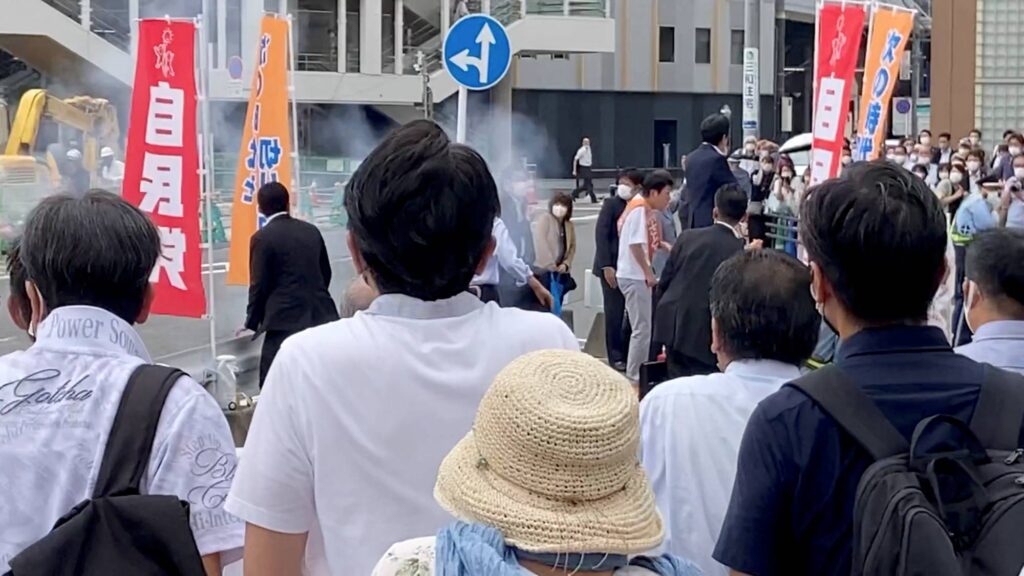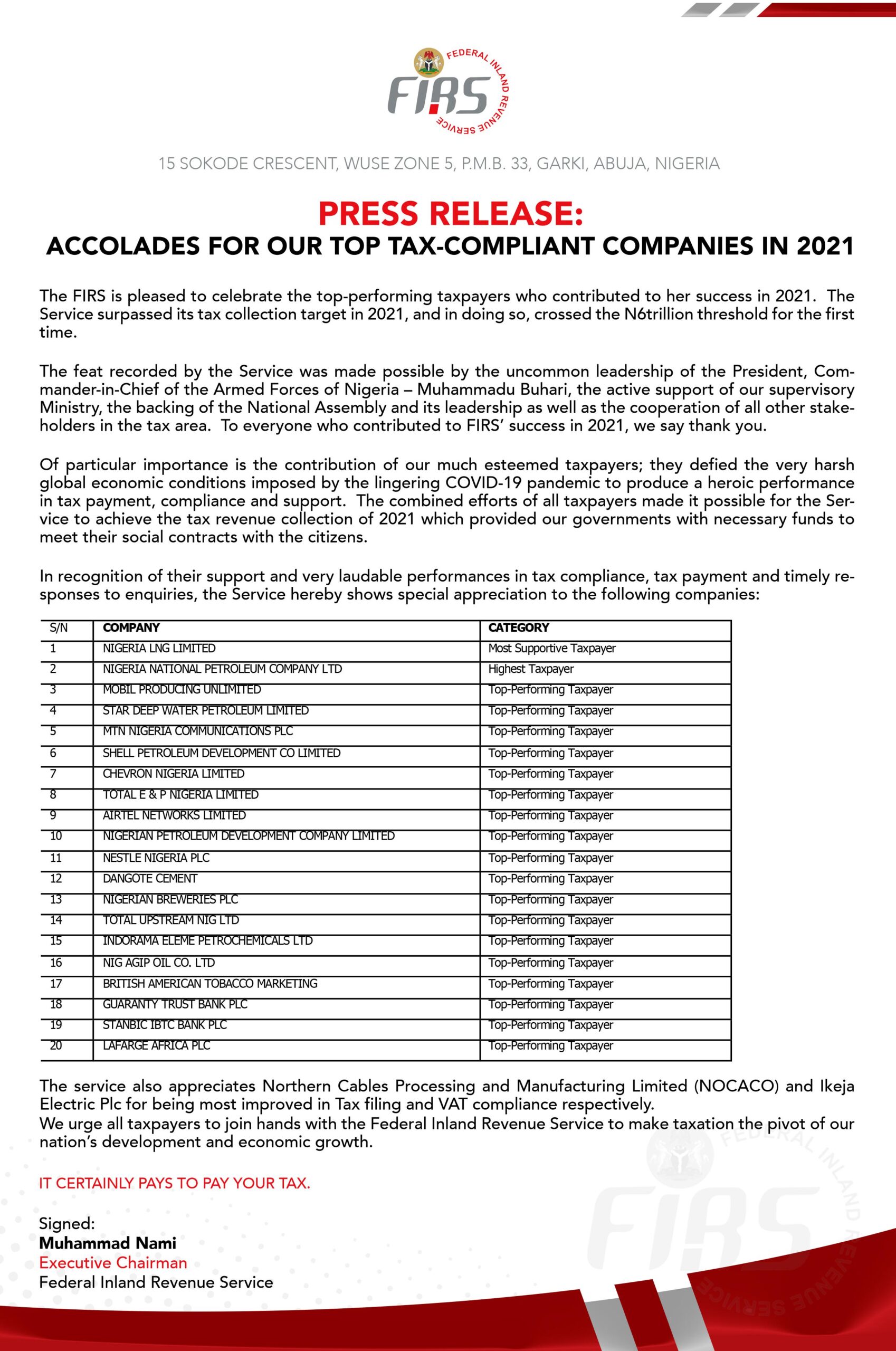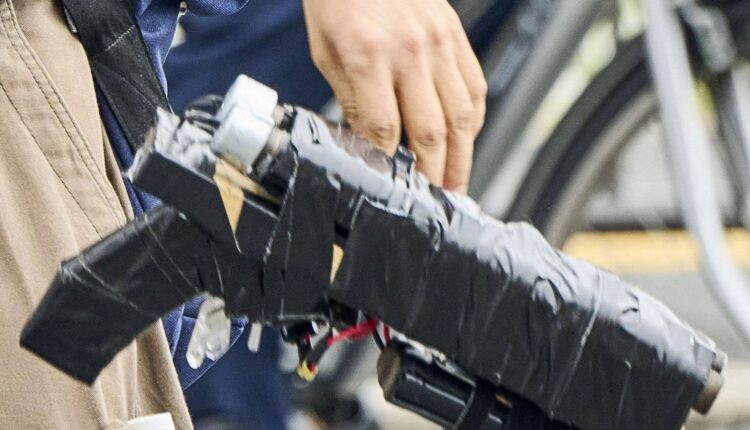|
Getting your Trinity Audio player ready...
|
A closeup shows the double-barreled gun that Tetsuya Yamagami has told investigators he made with parts purchased online. | KYODO
The handmade weapon used to kill former Prime Minister Shinzo Abe could have easily been built using readily available commercial components, weapon experts say, raising questions about what else can be done to prevent such shootings.
While little is definitively known about the dual-barreled firearm used by the suspect — 41-year-old Tetsuya Yamagami — preliminary expert analysis indicates that it was composed of materials that can be bought at a hardware store, including wood for the frame, plumbing pipes for the barrels, electrical tape, commercial batteries for the ignition and electrical wiring. No externally visible elements of the weapon appear to have been 3D-printed.
Moreover, it seems the weapon, which featured a conventionally shaped pistol grip, could have been assembled in a relatively short time, possibly using instructions acquired online.
The fact that police have confiscated further craft-made guns of a similar type — but with more barrels — from the suspect’s home suggests that Yamagami may have been building and testing similar weapon designs for some time.
‘It’s all out there’
“The weapon and ammunition are crude but relatively simple to construct. Yamagami likely chose the double-barreled weapon as it was easier to conceal in the bag he was carrying and perhaps because he felt it was more reliable,” said Matthew Moss, a U.K.-based small arms specialist and historian. The firearm was 40-by-20-centimeters, according to the police.
The suspect completed a full three-year term in the Maritime Self-Defense Force between 2002 and 2005. During that time, he took part in live-fire exercises, meaning that he was trained in weapons handling. That said, he is unlikely to have learned the skills there to manufacture the weapon used in the assassination, Moss noted.

Analysts say the electrical wiring and the batteries beneath the barrels suggest the weapon, which was likely muzzle-loaded, used an electric firing mechanism capable of firing each barrel independently. Another indication for this is that the suspect managed to fire two separate shots — one from each barrel — before being apprehended.
The large plumes of white smoke seen after each shot indicate that the propellant the gunman used was not the typical “smokeless powder” used in commercial firearms, but something more akin to black powder, which was possibly procured commercially or even self-made with some knowledge of chemistry, noted Amael Kotlarski, editor of “Jane’s Infantry Weapons.”
“This is all just basic engineering knowledge combined with some physics and chemistry. Any reasonably intelligent person could make these things with a bit of research and technical ability. Moreover, firearms communities, including those for 3D-printed weapons, publicly release specs for the designs of electric firing mechanisms. It’s all out there,” he said.
‘A crude shotgun’
As for the ammunition, it is difficult to determine what type was used, given the limited information made available thus far. However, based on an assessment of the weapon’s physical characteristics and firing signature, N.R. Jenzen-Jones, the director of Armament Research Services — a consultancy specializing in arms and munitions analysis — suspects that “separate-loading ammunition” was employed.
In this ammunition type, the propellant and projectile are loaded into the weapon separately, either from the breech or the muzzle, with the latter process resembling that of a musket.
“Conventional firearm cartridges are tightly controlled in Japan. As a result, the assailant was likely forced to resort to a weapon that could fire an alternative ammunition type,” Jenzen-Jones said. “This supports the notion that separate-loading ammunition may have been selected, in part to circumvent these legal controls.”
In terms of the projectiles used in the shooting, they may have been single “slugs.” However, given the diameter of the barrels and their likely lack of spiral grooves called rifling, the gunman may have instead loaded several buckshot-like smaller projectiles into each barrel to increase hit probability — not unlike a shotgun, according to Moss.
This appears to be supported by Abe’s autopsy report, which indicates that at least two projectiles struck the former prime minister, even though the first shot seems to have missed the 67-year-old entirely.
“Considering Abe’s apparent lack of reaction to the first shot, as captured on video, it appears likely that the assailant had loaded multiple projectiles into each barrel of his weapon, creating a crude shotgun,” said Jenzen-Jones.
Given the weapon’s rudimentary design and firing characteristics, experts are not entirely surprised that the assailant missed the first shot, which was fired from a distance of at least 6 meters.
“It is highly likely that smoothbore (nonrifled) barrels were used. This lack of rifling, taken together with the short-barrel length and generally crude construction, indicate that the firearm most likely possesses a very limited range and is imprecise,” Jenzen-Jones said.
This would probably explain why the shooter decided to move closer to Abe to fire off the lethal second round.
Japan’s longest-serving prime minister was shot while giving a stump speech in support of a Liberal Democratic Party candidate running in Sunday’s Upper House election. He was pronounced dead hours later at a nearby hospital.
How to prevent?
For the most part, Japan’s tight gun control laws can be considered successful in limiting the number of deaths and injuries related to such weapons. However, Yamagami circumvented those restrictions by producing a homemade weapon that used separate-loading ammunition. His use of readily available commercial items to build this rudimentary but ultimately lethal weapon indicates that gun violence cannot be eliminated in Japan through firearm restrictions alone.
“Even if they have so far gone undetected, there are many in Japan who own air guns and model guns that have been illegally modified to make them more powerful,” said Nihon University’s Mitsuru Fukuda, an expert on terrorism and gun-related violence. “There are also likely people out there making their own guns using 3D printers, although that practice is still not as prevalent.”
In 2014, a 27-year old man was arrested in Kawasaki on suspicion of possession of an illegal firearm after manufacturing a weapon using a 3D printer at home. Similarly, in 2017, a 19-year old student was arrested on charges including the manufacture of a gun, again with the use of a 3D printer.
The ready availability of 3D printers and the know-how needed to make homemade firearms could increase the likelihood of a similar incident happening again in the future, Fukuda added, particularly given the victim’s public stature and the easy accessibility of imagery related to the crime.
“When an incident of such magnitude occurs, people may become influenced by what they see of it in the media,” he said. “There are even those who may try to imitate the assailant, making their own homemade weapons to commit what is known as a ‘copycat’ crime.” (The Japan Times)


